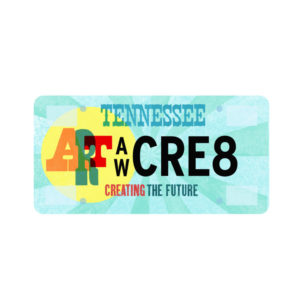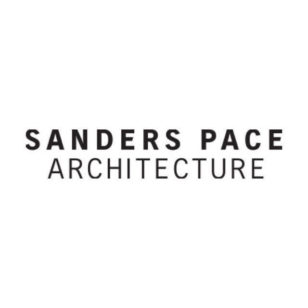
Exhibitions
NUVEEN BARWARI: GULISTAN
Ewing Gallery of Art + Architecture (UTK) / 1715 Volunteer Blvd. April 23, 2022 - April 25, 2022
Nuveen Barwari
I am a person, I am a place
I exist
I am a flower that lives in the mountains
I am Gulistan
Land of the flowers
I am the sister who washes the dishes
I am the mother who weeps for the children I buried in the mountains
I am the wife who sold her gold for her husband’s bail
I am Gulê, the reason Shexo is in a dark cell
I am the aunt that sews all the dresses
I am invisible labor
Commodification
Objecthood
I can’t spell or you just don’t know how to read
I am the diaspora kid going to the bazaar to pathetically buy buy buy
stuff stuff stuff, to stuff stuff stuff my suitcase
I am the suitcase that says
“There is no suitcase big enough that will help you fill that void”
I am the father-in-law that asked for a handful of soil from the homeland
I am a stateless flag
I am a rag that was made from old clothes to wipe the kitchen counters with
I am the sumac that needs to be grinded
I am Gulistan
My mother tongue is a shard of glass, and my mouth is bleeding
I exist
Borders within borders
I sometimes think about the first person who must have drawn a line with a stick in the dirt and spoke “This side is mine”
Imaginary place and people
Our occupiers and their sympathizers say we are not real.
I am real
Just because you can’t find me on the map doesn’t mean I am not real
I exist
I am Gulistan
Employing collage, painting, textiles, and installation, I explore intricacies within conditions of assimilation, displacement, and contradictions with diasporic identities. My expansive studio practice involves gathering and repurposing artifacts from my community such as worn Kurdish clothes, fabric, and used rugs to investigate the multiplicity of materials, their inherited history, and cultural meanings, in a post-colonial context. My use of Kurdish textiles and imagery conceptualizes and responds to generational patterns where diasporic living connects and detaches from them. Blurring the lines between painting, sculpture, and everyday objects, I am vigorously reflecting, framing, and sifting through the different shapes and symbols that are found when one is living between clashing cultures, languages, and materials. I draw on a wide range of influences from Kurdish literature and dance to U.S commodity culture, the mise-en-scéne of West Asian bazaars, small scale forms of protest, and geopolitical issues.

